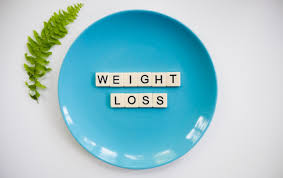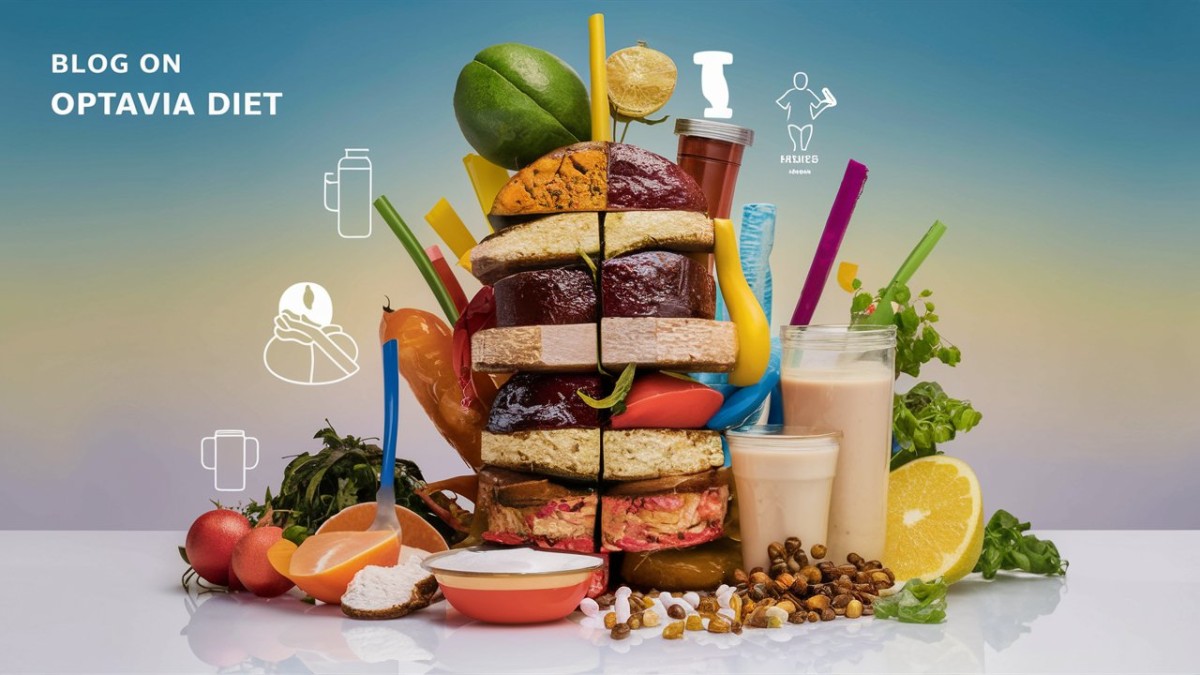You heard the name of the Optavia diet and came in search of what’s an Optavia diet.
Yes, there is a diet called the Optavia diet.
A diet plan that uses meal replacements for losing weight.
Now let’s explore everything regarding the Optavia diet, its origin, the key components, benefits, and drawbacks of the Optavia diet.
What is the Optavia diet?
Optavia diet helps people lose weight with a few meal replacement options such as shakes, bars, pre-packaged foods, and other small, low-calorie homemade meals. Each diet has an individual approach to losing weight, so the Optavia diet focuses on lean proteins and non-starchy vegetables by avoiding sweets and high-calorie foods.
Origin:
Optavia Diet also called Octavia Diet is a health and weight loss program developed by Dr. Wayne Scott Andersen, co-founder of Take Shape For Life, a subsidiary of Medifast. So, the Optavia diet involves three basic principles a balanced diet, portion control, and a well-structured eating plan for maintaining a healthy weight. The diet is designed for people to adopt lifelong healthy habits with a combination of meal replacements called “fuelings” and personalized coaching for weight management.
Key components of the Optavia diet:
Fuelings:
 ❖There are individual components for each diet plan, so the cornerstone of the Optavia diet is the pre-packed meal replacements which are the fuelings. The fuelings we are discussing are designed by the organization itself, which is a mix of protein, carbohydrates, fats, and a few vitamins and minerals.
❖There are individual components for each diet plan, so the cornerstone of the Optavia diet is the pre-packed meal replacements which are the fuelings. The fuelings we are discussing are designed by the organization itself, which is a mix of protein, carbohydrates, fats, and a few vitamins and minerals.
❖So these fuelings are in different forms such as bars, shakes, soups, and snacks, making users easily follow the dietary routine without preparing a regular meal daily. These fuelings contain 24 essential vitamins minerals, and protein; contain BC30™ probiotic cultures that promote digestive health.
❖Another important aspect of this meal replacement(fuelings) is that it is formulated to be in calories around 100-110 calories which is best helpful to provide protein and preserve the muscle mass during the weight loss program.
Lean and Green Meals:
 As we’ve understood the first crucial component of the Optavia diet is fueling, coming into the second one, the diet incorporates lean and green meals daily. So this portion of the meal generally consists of lean proteins such as chicken, fish, or tofu and three servings of nonstarchy vegetables such as broccoli, cabbage, carrot, cauliflower, celery, spinach, etc. The meal includes these proteins as an opportunity to have fresh and whole foods as one part of their dietary intake.
As we’ve understood the first crucial component of the Optavia diet is fueling, coming into the second one, the diet incorporates lean and green meals daily. So this portion of the meal generally consists of lean proteins such as chicken, fish, or tofu and three servings of nonstarchy vegetables such as broccoli, cabbage, carrot, cauliflower, celery, spinach, etc. The meal includes these proteins as an opportunity to have fresh and whole foods as one part of their dietary intake.
Healthy habits:
❖The next important factor of the Optavia diet is that it focuses on behavioral change and healthy habits that are meant to be lifelong. So while following the Optavia diet they offer personalized coaching for every individual followed by a few well-trained health coaches.
❖In the name of a healthy lifestyle, the Optavia diet promotes hydration, regular physical activity, and proper sleep habits. Also, these factors are best helpful in maintaining your overall health and weight management process.
How Optavia diet work?
 ❖The working principle of Optavia's diet lies in creating a calorie deficit that promotes weight loss. As mentioned earlier a diet plan that replaces your normal meals with fuelings that are low in calories, people reduce their calorie intake which is highly essential for a weight loss program.
❖The working principle of Optavia's diet lies in creating a calorie deficit that promotes weight loss. As mentioned earlier a diet plan that replaces your normal meals with fuelings that are low in calories, people reduce their calorie intake which is highly essential for a weight loss program.
❖The Optavia diet has a well-structured eating schedule that consists of six small meals in a day i.e., five fuelings and one lean and green meal. But there are different versions too.
Versions of the Optavia diet:
❖5 &1 plan: It consists of 5 fuelings and 1 lean and green meal.
❖4 & 2 & 1 plan: 4 fuelings, 2 lean and green meals, and 1 snack. This is for the people who need more calories.
❖3 & 3 plan: Three fuelings and three lean and green meals.
Benefits and drawbacks of the Optavia diet:
Benefits |
Drawbacks |
|
Easy to follow as they contain pre-packaged meals. |
Very low-calorie intake (800-1,000 per day). |
|
Promotes weight loss and fat reduction due to its key components. |
May not be sustainable for most people. |
|
One-on-one coaching is available for this diet. |
Coaches may lack certification or training that can not be easily trusted. |
|
Portion control helps manage calorie intake promoting healthy weight loss. |
This can lead to nutritional deficiencies if not planned the meals well. |
|
This can lead to significant short-term weight loss. |
Expensive compared to other diets that may not be affordable for most people. |
|
Supports quick meal preparation. |
Limited variety in meal options. |
|
Reduces the need for meal planning. |
May not teach long-term healthy eating habits. |
|
Structured plan with clear guidelines. |
Mixed research results on long-term effectiveness. |
Research on Optavia diet:
❖So as per the mentioned information Optavia diet is based on the principles of calorie restriction along with a balanced nutrition that is well supported by research on weight loss. As per studies these meal replacements can be best helpful for weight loss when combined with behavioral coaching and lifestyle modification. The long-term success of the benefit of this diet relies on each person’s ability to adopt the Optavia diet plan. So the study was funded by Medifast, the company that owns Optavia.
❖In the 2021 U.S. News and World Report Best Diets, the Optavia Diet ranks 28th in Best Diets Overall, scoring 2.6 out of 5.
❖A few other studies show no long-term benefits or results of the Optavia diet, so more research is needed to understand its long-term effectiveness.
Get the best diet tips for a healthier you: Read more on diet
End note:
So this is everything regarding the Optavia diet plan, its origin, research, and the key components. It would be helpful if you consult with a healthcare professional who can guide you through the diet plan letting you know whether it is suitable for your medical condition or not.
